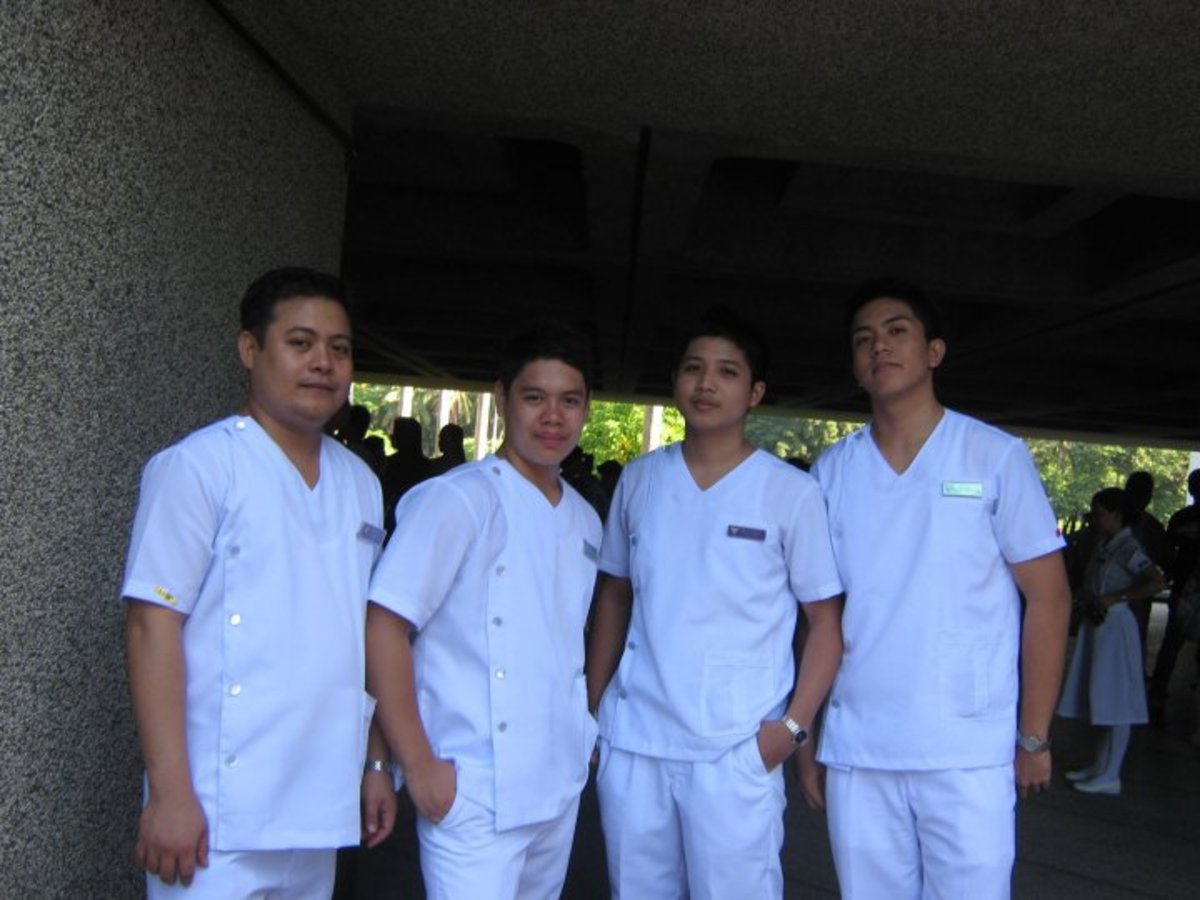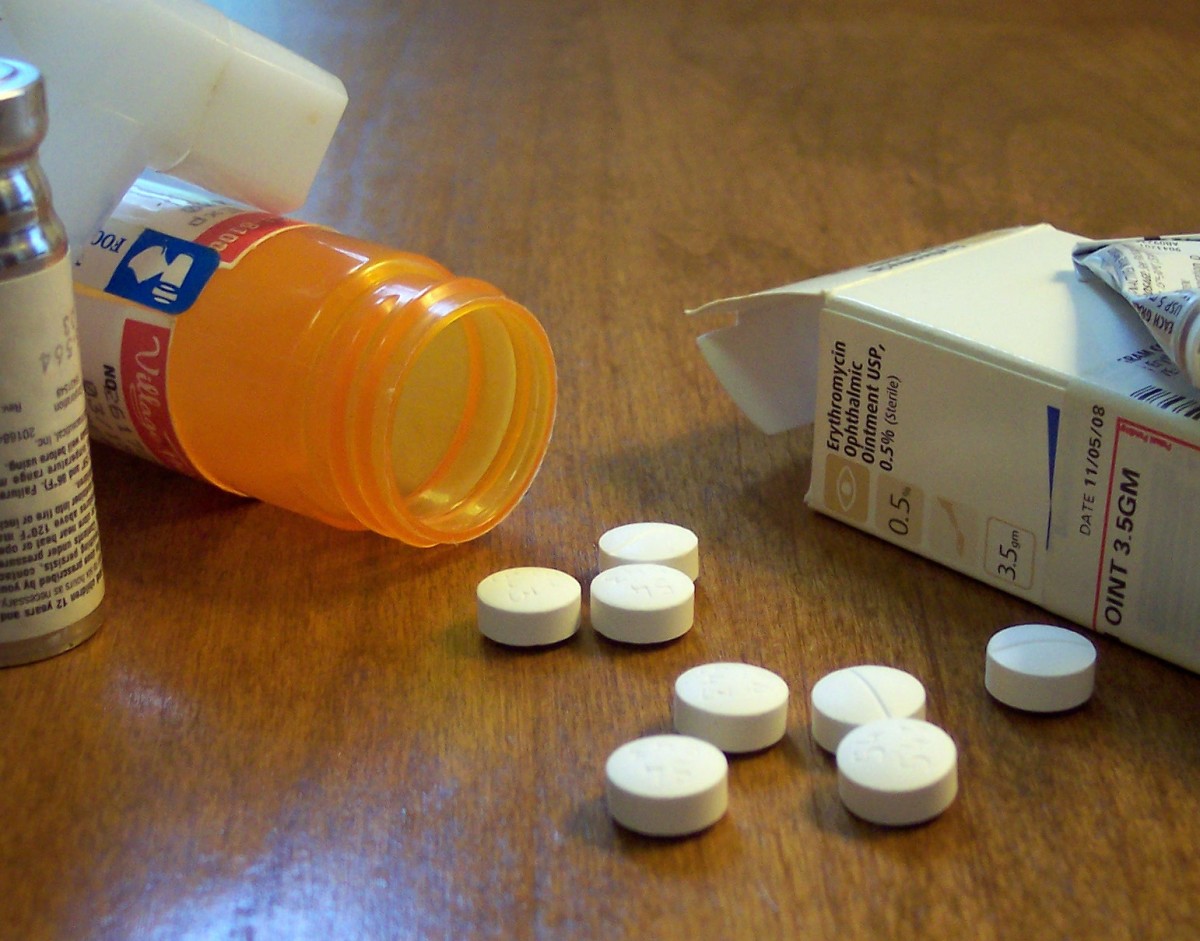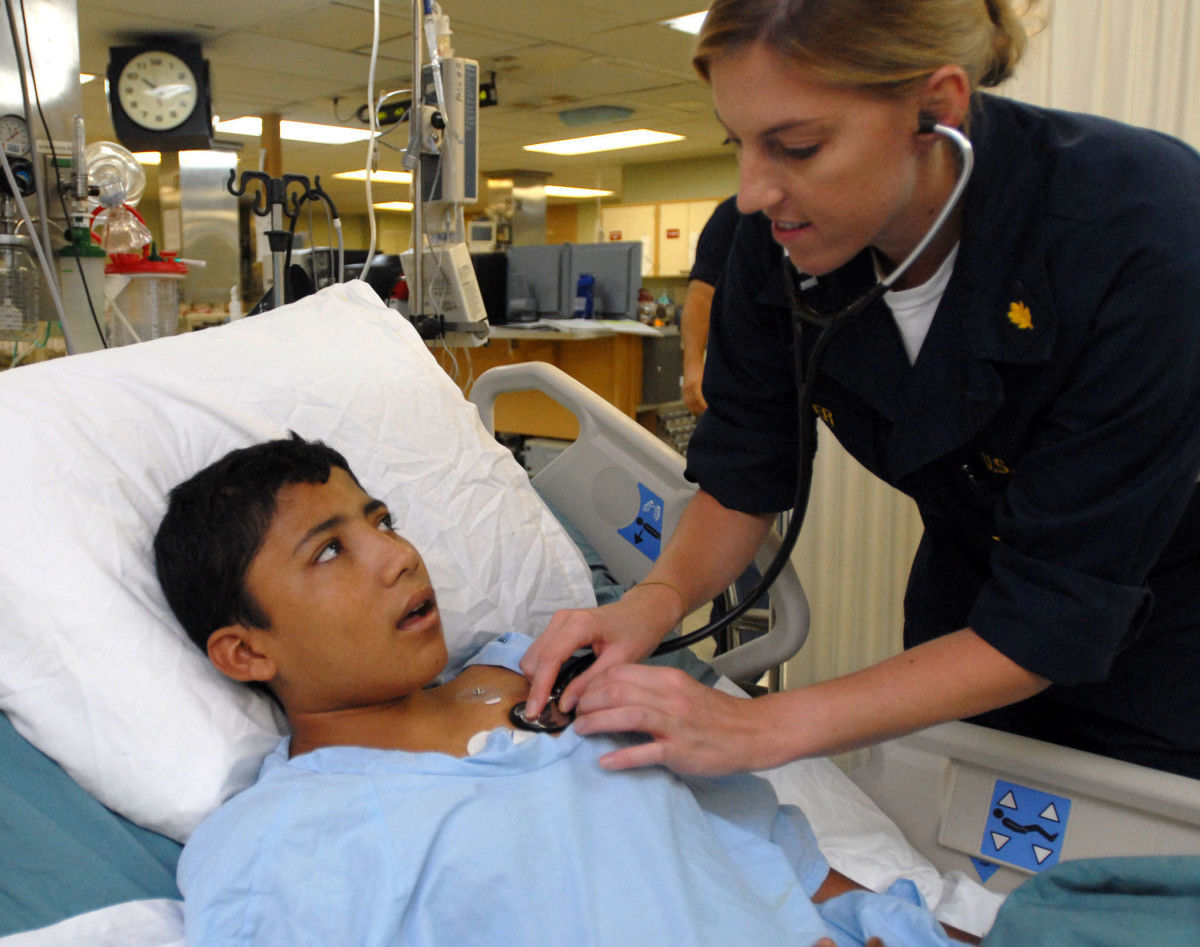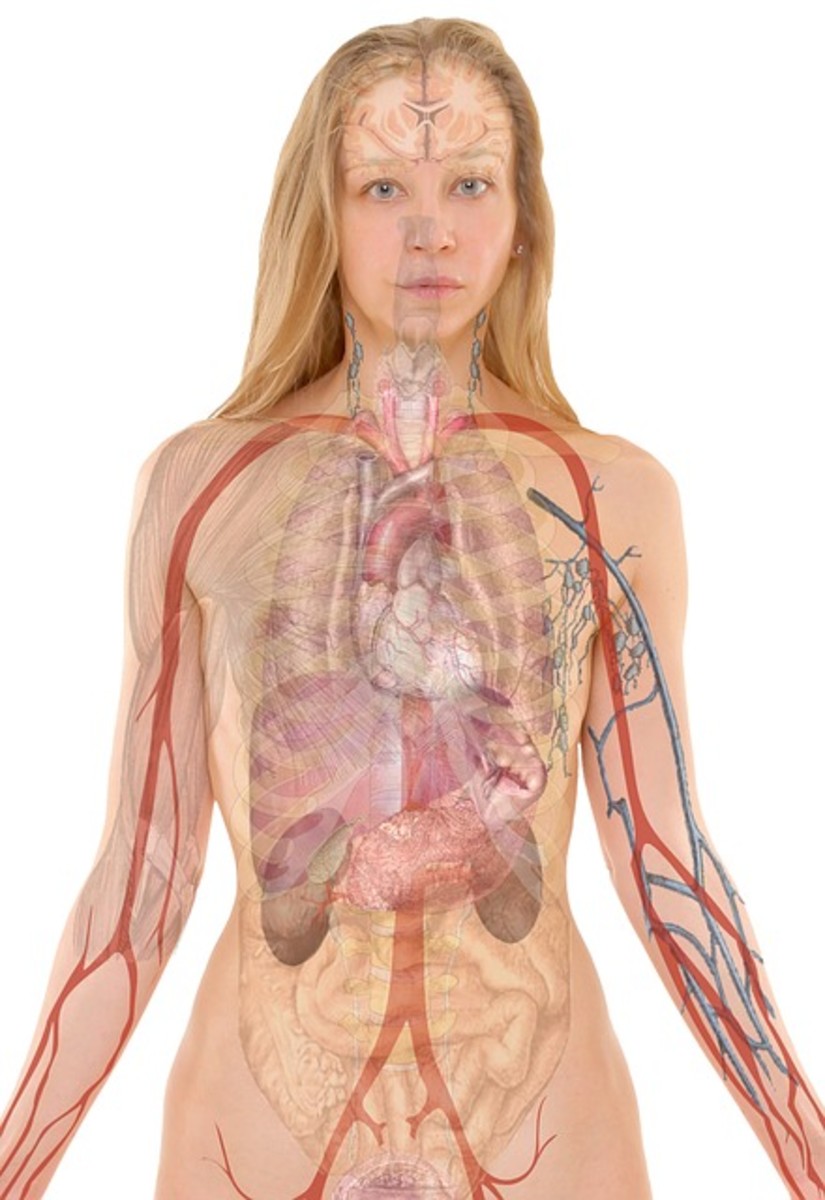The Influence of Technology on Healthcare Workers

The Influence of Technology
Nurses now have educational opportunities at their fingertips. Nurses can better prepare themselves to care for the more complicated patients of today by using technological advances. The use of SimMan is a simulation technology that has assisted students and nurses in preparation for various scenarios commonly and uncommonly encountered in practice. Online education has also impacted patient care. Smith et al. (2011) mention that e-learning can increase patient satisfaction due to continuity of care being uninterrupted by staff leaving care areas for classes and instruction (p. 484).
Health care providers can continue to develop themselves professionally with new technology to advance the field of nursing. The Institute of Medicine (IOM) (2010) identifies that nurses must be prepared and enabled to lead change to advance health (p. 282). Haynes (2011) suggests “competencies for practice have expanded, and more nurses are needed to coordinate care and collaborate with other health professionals, many of which hold Master’s and Doctoral degrees” (p. 3).Technology has and will continue to allow health care providers to further themselves and obtain the education and professional preparation needed to support nursing science.
The community is also impacted by the increase in nursing professional development through technology. The IOM (2010) states the changing scene of the health care system and profile of the population requires that the system undergo a shift to provide patient-centered care that is delivered more in the community than in acute care and fosters interprofessional collaboration (p. 86). Nurses participating in the most current technological education opportunities will have the tools, data, and preparation necessary to meet the needs of the community. Exciting technologies such as emotionally intelligent machines, will continue to impact the community.
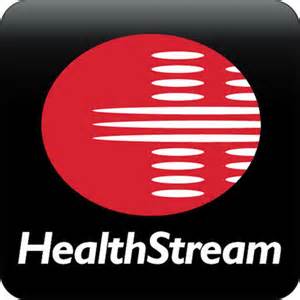
Improve Professional Development for Nurses
Technology has simplified methods of professional development for nurses. For continuing education, nurses can now complete computer modules utilizing PowerPoint presentations, videos, and simulation followed by computerized evaluations. Preparation for certifications can be completed online through electronic books, video simulations, computerized practice testing, and webcasts of review courses. Leadership seminars are even held via webcast. Online courses such as the MSN program has broadened the choice of schools and allowed for the busy working nurse to complete coursework at convenient hours in the comfort of their own home. Smith, Twedell, Wahl, and Latayan (2011) state “effective e-learning technologies have been shown to increase opportunities for learning and improve the work practice of health professionals” (p. 483).
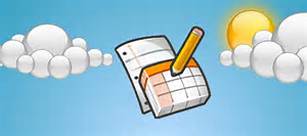
A Personal Account: How Technology Has Helped Me
When I cared for patients, I utilized the education received through technological advances. I complete my annual mandatory education for work using a web-based program. Because I could complete the education on my own time and review it at my own pace, I remembered more of the material and was able to recall it when practicing, thus improving my care of patients. Smith et al. (2011) states that there is a higher level of compliance among staff completing e-learning (p. 484).
I completed a leadership course via webcast a few years ago. I was able to observe presentations online at later dates for review and submitted project information via email and blog. I utilized the skills and information when I performed as a house supervisor. Without the technology, I would not have been able to complete the course with my busy schedule and have the tools and knowledge obtained.
Two years ago, I worked as a clinical instructor for a practical nursing program. I was the northern region instructor serving students that live in my area which is two hours away from the school. Without the use of e-learning, e-mail, and conferencing software, I would not have been able to properly communicate with the program director and other instructors regarding the students and other needs. Technology enabled me to be prepared and have the resources to be a successful instructor.
I also completed my MSN entirely online. Using cloud technology, e-learning sites, podcasts, and webinars, I had the advantage of a classroom in the convenience of my own home. I would not have chosen to take on the endeavor, moving away from the bedside, without the use of available technologies!
Which Do You Prefer?
Do You Prefer Learning in a Classroom or Online Environment?
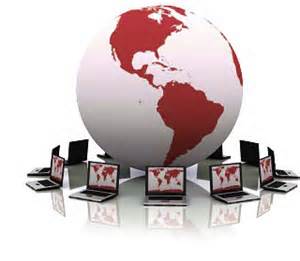
Effective Health Communication
According to Schyve (2007) low health literacy, cultural barriers, and limited English proficiency have been coined the “triple threat” to effective health communication by the Joint Commission (as cited in Singleton & Krause, 2009). Technology has provided many opportunities to improving communication across cultural barriers. Patient education is just one area harboring technological tools to bridge the gap between cultures. When I care for patients with language barriers, I can access web-based patient education sites containing printable patient education handouts available in six languages. The handouts are available with education on everything from medications, dressing changes, hand washing, surgery specific post-operative care, to cardiac diets.
Nurses can further utilize technology to prepare themselves to provide culturally competent care. Web-based resources are available to assist nurses in developing knowledge and advocacy skills (Singleton & Krause, 2009). Singleton and Krause (2009) mention that nurses are in a powerful position to serve as advocates by describing how impaired communication negatively affects patient safety and outcomes, noting how the Joint Commission and federal standards support improvements, and illustrating how decreasing health literacy barriers can decrease legal costs related to communication breakdowns and medical errors. Technology assists nurses to incorporate cultural, linguistic, and health literacy considerations into their daily practice (Singleton & Krause, 2009).
Improving Chart Audits
Technology has certainly simplified the task of chart review and auditing. Today, I can simply print a report disclosing the specific information I am looking for or use a search technique to identify documentation for audit. What used to take hours, involving a trip to medical records and time reading through paper charts had been replaced with more efficient methods. Using the Internet and electronic health record, nurses can quickly and easily access information (McGonigle & Mastrian, 2009, p. 107).
Chart review and auditing are not new to health care. According to McGonigle and Mastrian (2009) “Florence Nightingale was the first nurse to use data to change the way she cared for patients” (p. 107). Nurses were quick to recognize how computers would change health care and the American Nurses Association began recognizing nursing informatics as a specialty in 1992 (McGonigle & Mastrian, 2009, p. 108).
Often, audits are done to ensure compliance, cost-effectiveness, or safety. McGonigle and Mastrian (2009) mention “ health service organizations, societies, and governments throughout the industrialized world are obsessed with assuring that healthcare delivery is safer, knowledge-based, cost effective, seamless, and timely” (p. 135). Using technology to quickly review documents will assist with providing feedback more rapidly, thus assisting nurses to better their practice and increase positive patient outcomes.
References
Haynes, T. (2011). The future of nursing initiative: "our future.". AAACN Viewpoint, 33(2), 3-4. Retrieved from EBSCOhost.
Institute of Medicine. (2010). The future of nursing: Leading change, advancing health. Retrieved from http://iom.edu/Reports/2010/The-Future-of-Nursing-Leading-Change-Advancing-Health.aspx
McGonigle, D. & Mastrian, K. (2009). Nursing informatics and the foundation of knowledge. Sudbury, MA: Jones and Bartlett.
Singleton, K., & Krause, E. (2009). Understanding cultural and linguistic barriers to health literacy. The Online Journal of Issues in Nursing, 14(3). doi: 10.3912/OJIN.Vol14No03Man04
Smith, E., Twedell, D., Wahl, S., & Latayan, M. (2011). Nursing education innovation: Using e-learning technology to meet learners’ needs. The Journal of Continuing Education in Nursing, 42(11), 483-484. doi: 10.3928/00220124-20111024-03

